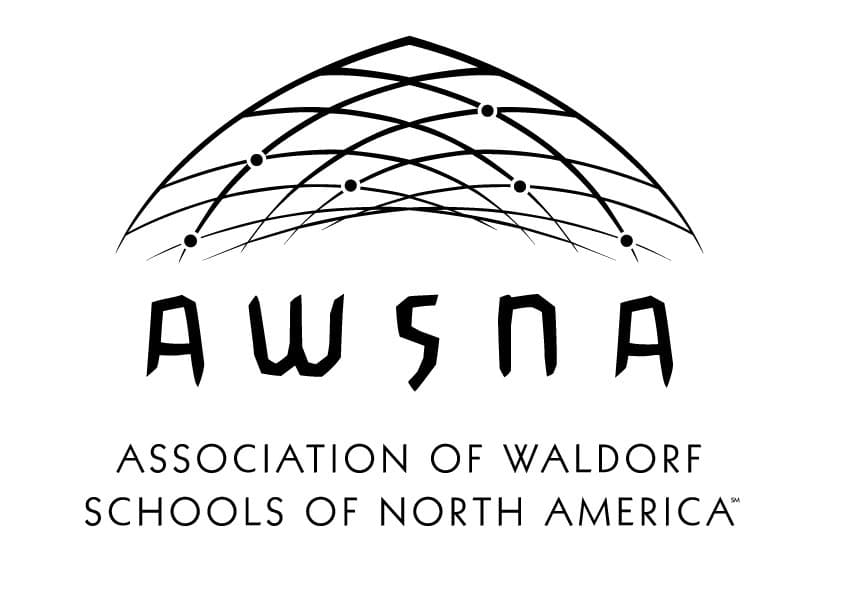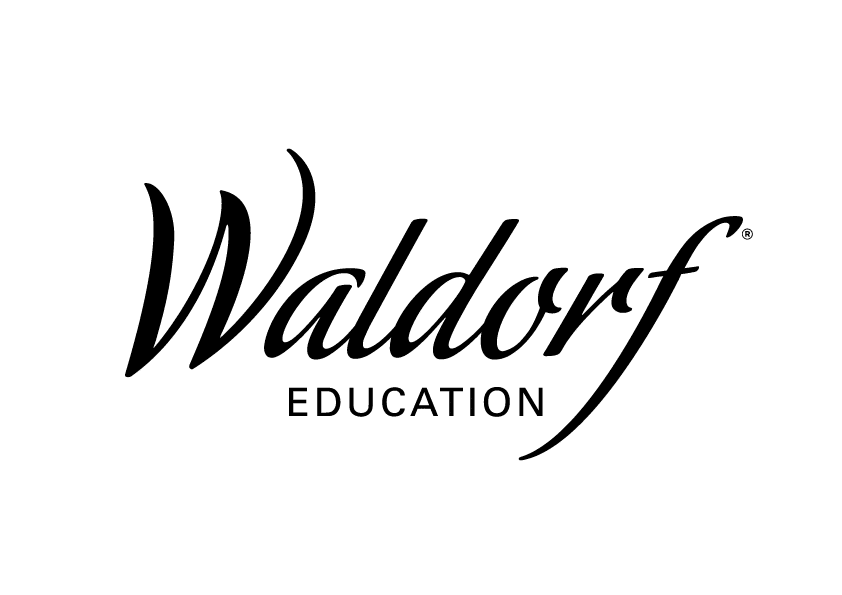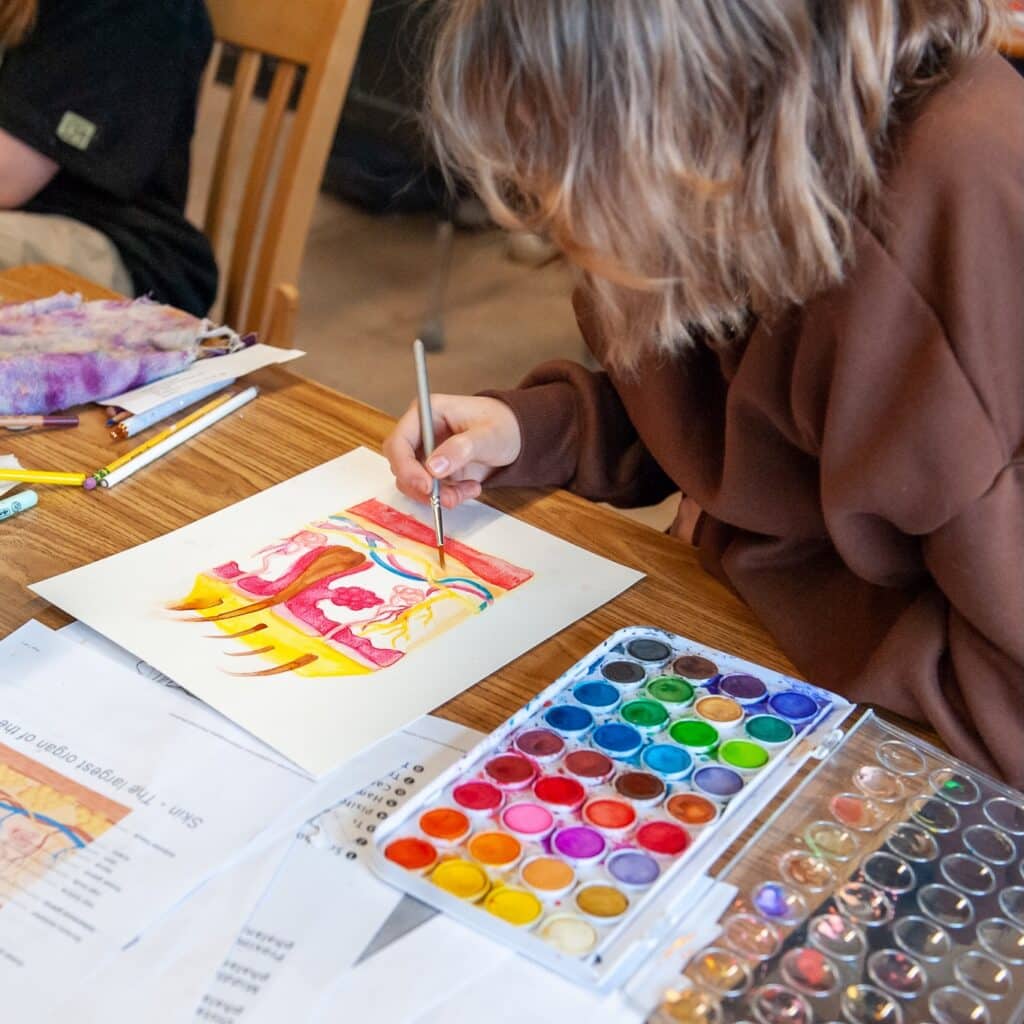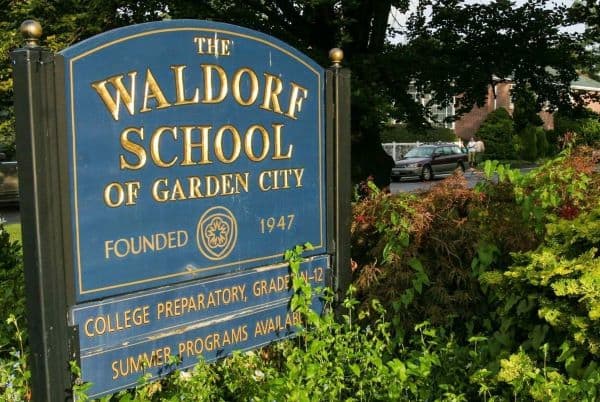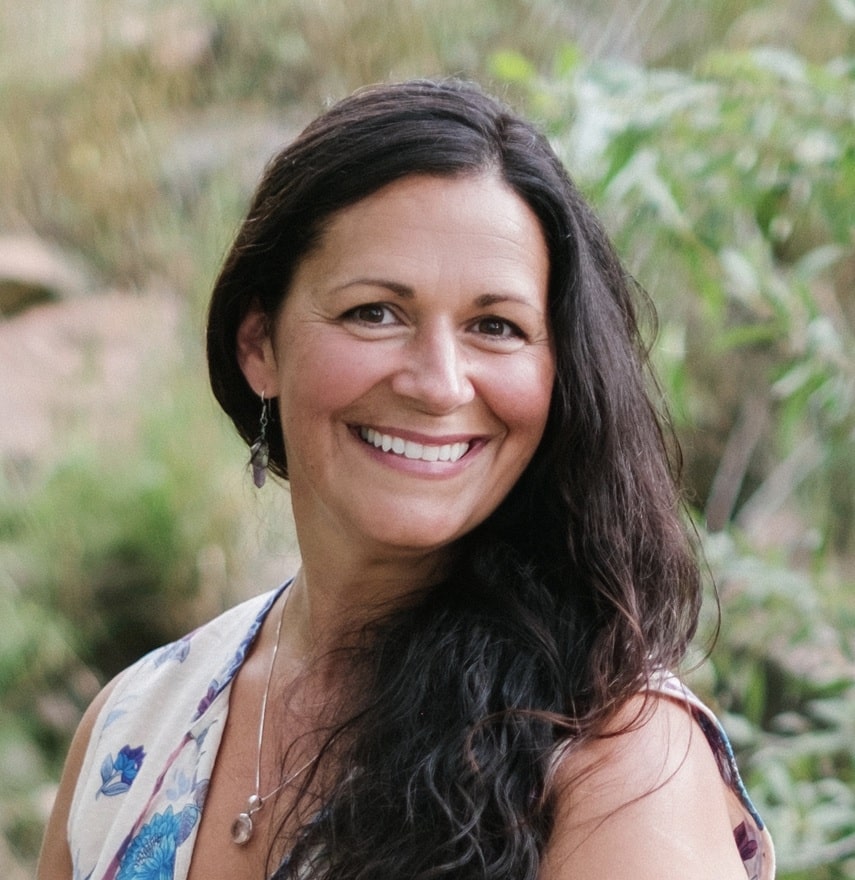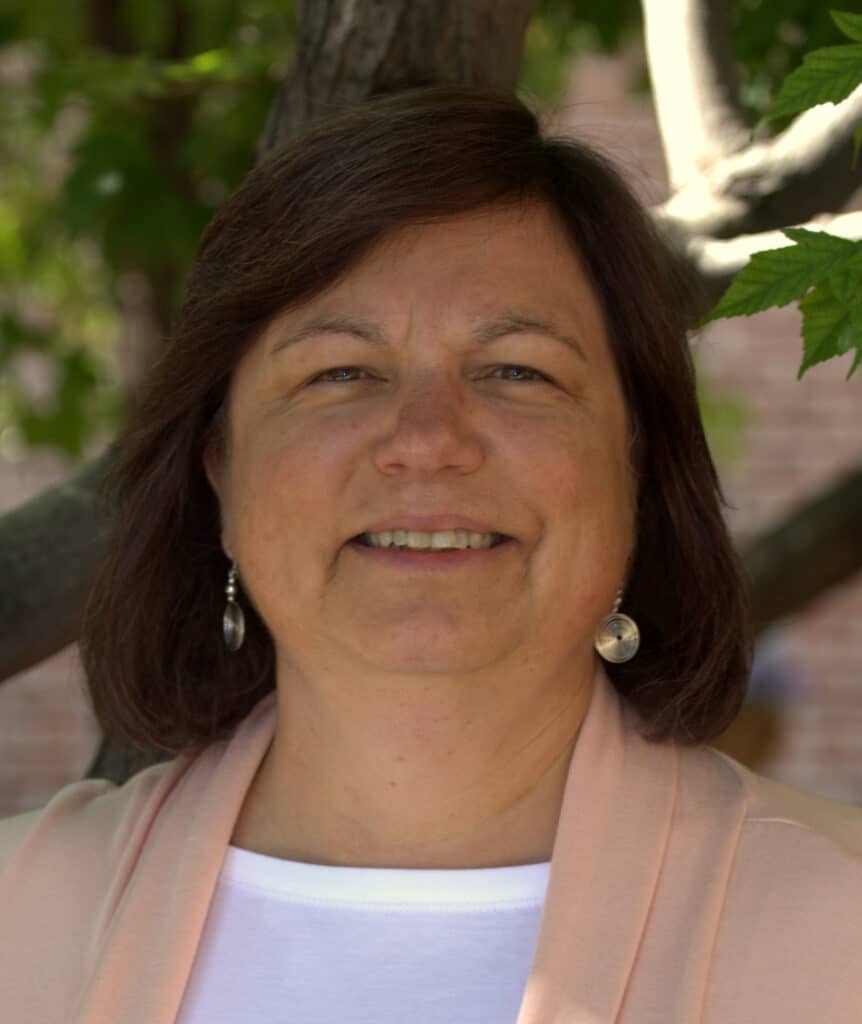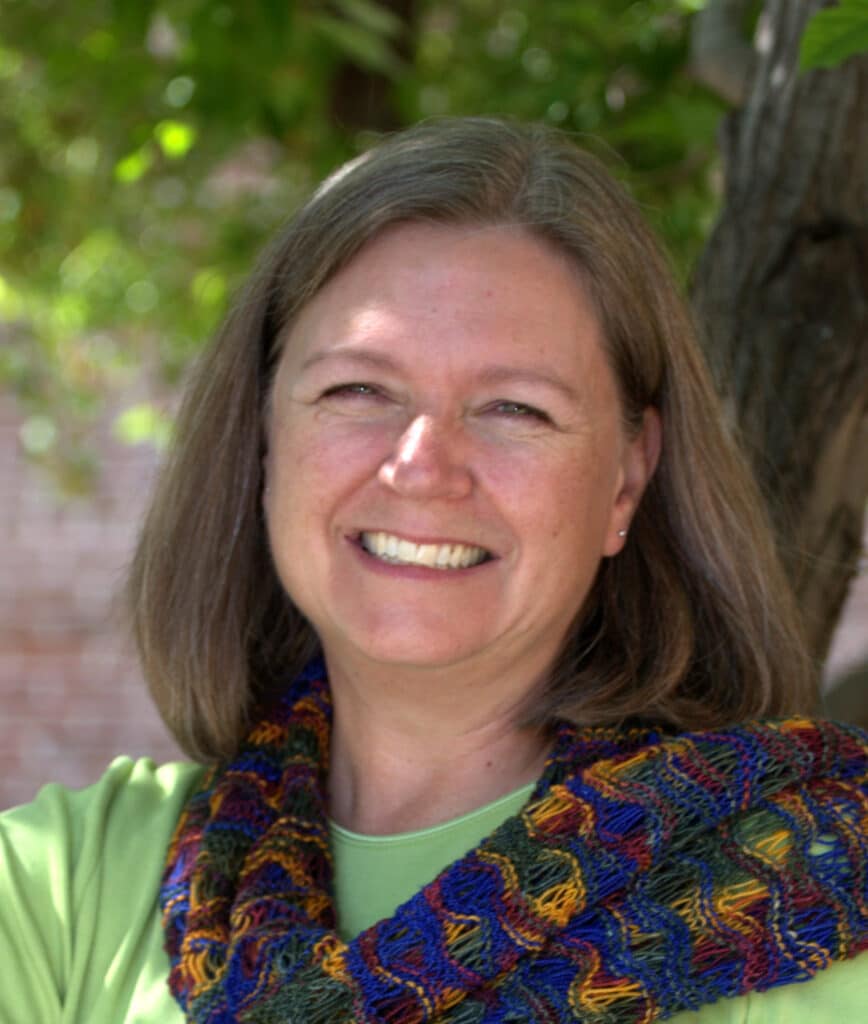For more than a century, Waldorf schools have held that education is both a science and an art. Rudolf Steiner, the founder of Waldorf education, described the teacher as an artist guiding the unfolding of a child’s development through truth, beauty, and goodness. In Waldorf classrooms, the arts are not add-ons, but the medium through which children learn math, science, language, and history.
Today, research across disciplines shows that arts participation improves academic achievement, strengthens creativity, enhances memory, and fosters social-emotional skills. These findings affirm the heart of Waldorf education, which has long championed arts integration.
The Teacher as Artist
Waldorf pedagogy views the teacher as a creative artist who brings subject matter alive through imagination, rhythm, and story. Every lesson is designed to awaken curiosity and wonder, whether through form drawing, storytelling, or singing together.
One large randomized trial in Houston, Texas—Investigating Causal Effects of Arts Education Experiences—found that students in schools receiving enhanced arts programming showed improved writing achievement, fewer disciplinary infractions, and higher levels of empathy. When teaching becomes an art form, growth extends beyond academics into character and community life.
Academic Achievement
Studies also consistently show that arts-rich learning environments strengthen academic outcomes. The landmark Arts and Achievement in At-Risk Youth revealed that students deeply involved in the arts earn higher grades, are more likely to graduate high school, and have greater aspirations for college.
More recently, the NEA’s Snapshots of Arts Education in Childhood and Adolescence confirmed consistent links between arts engagement and gains in reading, math, and language skills.
In Waldorf classrooms, students often meet abstraction through artistic practice first. A geometry lesson might begin with compass-and-straightedge form drawing; a science experiment may be drawn and recorded in cursive in the Main Lesson book. These practices echo findings from The Effects of Arts-Integrated Instruction on Memory for Science Content (Hardiman et al., 2019), which showed that arts-based science lessons led to better long-term recall of content than conventional teaching.
Creativity and Critical Thinking
Creativity and divergent thinking are prized skills in today’s world, and the arts are central to cultivating it. The OECD’s report Art for Art’s Sake? argues that arts education fosters flexible thinking and innovation. Other studies confirm that students engaged in artistic work—from painting to music to drama—develop stronger divergent thinking skills.
In Waldorf schools, creativity is not confined to the art studio. Students compose plays, sing in choirs, paint nature studies, and engage in eurythmy. Each of these activities builds adaptability, creativity, originality, and persistence.
Strengthening Memory and Engagement
Embedding learning in artistic expression also strengthens memory. Hardiman et al.’s study on arts-integrated instruction demonstrated that students retained science content more effectively when lessons included creative activities.
Waldorf teachers apply this daily: a poem may be recited with gesture before its grammar is discussed, or a musical motif introduced before its historical or mathematical context. Multisensory engagement deepens retention and keeps students actively involved.
Social-Emotional Growth
Arts participation also nurtures empathy, resilience, and collaboration. As the Houston study cited above, increased arts exposure correlated with increased compassion, fewer disciplinary incidents, and improved engagement for students. The NEA’s Arts in Early Childhood: Social and Emotional Benefits of Arts Participation similarly found that storytelling, music, and drama foster cooperation and social competence in young children.
In Waldorf classrooms, singing or performing together builds harmony in practice and in relationships; movement and eurythmy synchronize bodies and attention; group drama projects foster teamwork and shared responsibility.
Equity and Access
Too often, arts programs are the first cut when budgets shrink. Waldorf education takes a different stance: artistic learning is a right, not a luxury. Longitudinal NEA research shows that low-income students deeply involved in the arts achieve better grades, are more likely to attend college, and engage more actively in civic life.
Similarly, the Kennedy Center’s Turnaround Arts initiative documents that schools embracing arts integration see gains in attendance, behavior, and school climate. These outcomes echo the Waldorf conviction that the arts help level the playing field.
A Call to Embrace the Arts
The evidence is clear: the arts belong in education. They boost academic performance, cultivate creativity, deepen memory, and nurture empathy.
Waldorf education demonstrates what is possible when art is woven into every aspect of learning: woodworking, handwork, string instruments, painting, singing, movement, drama, storytelling, cursive, and more. These practices are validated by empirical research as essential to holistic education.
In a world that values innovation, empathy, and resilience, embracing the arts is not optional. It is time for all schools to embrace research-backed strategies that cultivate the whole human being.
AWSNA Blog October The Science of Arts Integration and Student Success
Take Two:
The Science of Arts Integration and Student Success
For over a century, educators and researchers alike have recognized that the arts are more than enrichment, they are essential to learning. From music and drama to drawing and storytelling, artistic expression strengthens academic achievement, fosters creativity, enhances memory, and builds social-emotional skills. While many schools still debate whether the arts are optional, the research consistently demonstrates that they are central to student growth and success.
Education as an Art
The idea that teaching itself is an art has deep roots. Effective teachers are not simply conveyors of information; they are creative guides who awaken curiosity, invite exploration, and help students see the world anew. Lessons infused with rhythm, imagination, and story allow children to connect knowledge with experience. One major randomized trial in Houston, Investigating Causal Effects of Arts Education Experiences, showed that students in schools with enhanced arts programming not only performed better in writing but also displayed fewer disciplinary infractions and higher levels of empathy. When teaching is approached as an art form, learning extends far beyond academics into the realms of character, community, and humanity.
Academic Achievement and the Arts
Arts-rich learning environments have long been linked to higher academic performance. The landmark Arts and Achievement in At-Risk Youth report revealed that students deeply involved in the arts earn better grades, graduate at higher rates, and are more likely to aspire to college. More recently, the NEA’s Snapshots of Arts Education in Childhood and Adolescence confirmed consistent gains in reading, math, and language skills when arts participation is strong.
One study, The Effects of Arts-Integrated Instruction on Memory for Science Content (Hardiman et al., 2019), found that students who learned science concepts through arts-based methods retained knowledge more effectively than those taught through traditional instruction. This underscores what many classrooms already practice: abstraction becomes more accessible when introduced through artistic exploration, such as drawing geometric forms before tackling geometry formulas or illustrating a science experiment as part of the learning process.
Creativity and Critical Thinking
In today’s world, creativity is not a luxury, it is a necessity. The OECD’s report Art for Art’s Sake? highlights how arts education fosters flexible, innovative thinking. Studies consistently confirm that students who engage in artistic activities develop stronger divergent thinking skills, enabling them to generate original ideas and adapt to new situations. Whether composing music, performing drama, or painting a landscape, the arts cultivate persistence, originality, and problem-solving capacities that translate across disciplines.
Memory, Engagement, and Multisensory Learning
Artistic practice also strengthens memory and engagement. Research from Hardiman et al. demonstrates that arts-integrated instruction leads to deeper long-term recall of content. This is because the arts activate multiple senses—visual, auditory, kinesthetic—anchoring knowledge in embodied experience. Reciting poetry, singing a mathematical concept, or illustrating historical events embeds learning more powerfully than rote memorization alone.
Social-Emotional Growth
The benefits of arts education extend into the social-emotional domain. The Houston study noted earlier found increased compassion and improved engagement in students with greater arts exposure (Kisida & Bowen, 2019). Similarly, the NEA’s Arts in Early Childhood: Social and Emotional Benefits of Arts Participation documented that storytelling, music, and drama build cooperation, empathy, and resilience in young learners. Working together on a play, a choir performance, or a group art project requires collaboration, patience, and shared responsibility. All are vital life skills.
Equity and Access
Despite overwhelming evidence, arts programs are often the first to be cut when budgets tighten. Yet research shows that arts engagement can be a powerful equalizer. NEA studies reveal that low-income students deeply involved in the arts outperform their peers academically, are more likely to attend college, and are more engaged in civic life (Catterall et al., 2012). The Kennedy Center’s Turnaround Arts initiative confirms similar outcomes, with improvements in attendance, behavior, and school climate in schools that embrace arts integration.
A Universal Call
The evidence is unequivocal: the arts are essential to education. They elevate academic performance, spark creativity, deepen memory, and nurture empathy. Schools that fully integrate the arts, whether through music, visual art, movement, drama, or storytelling, embody what research affirms is best practice for learning.
For more than a century, Waldorf schools have provided an example of what this integration looks like in practice, weaving the arts into every subject as a matter of principle. The arts are not add-ons, but the medium through which academics are brought to life.
